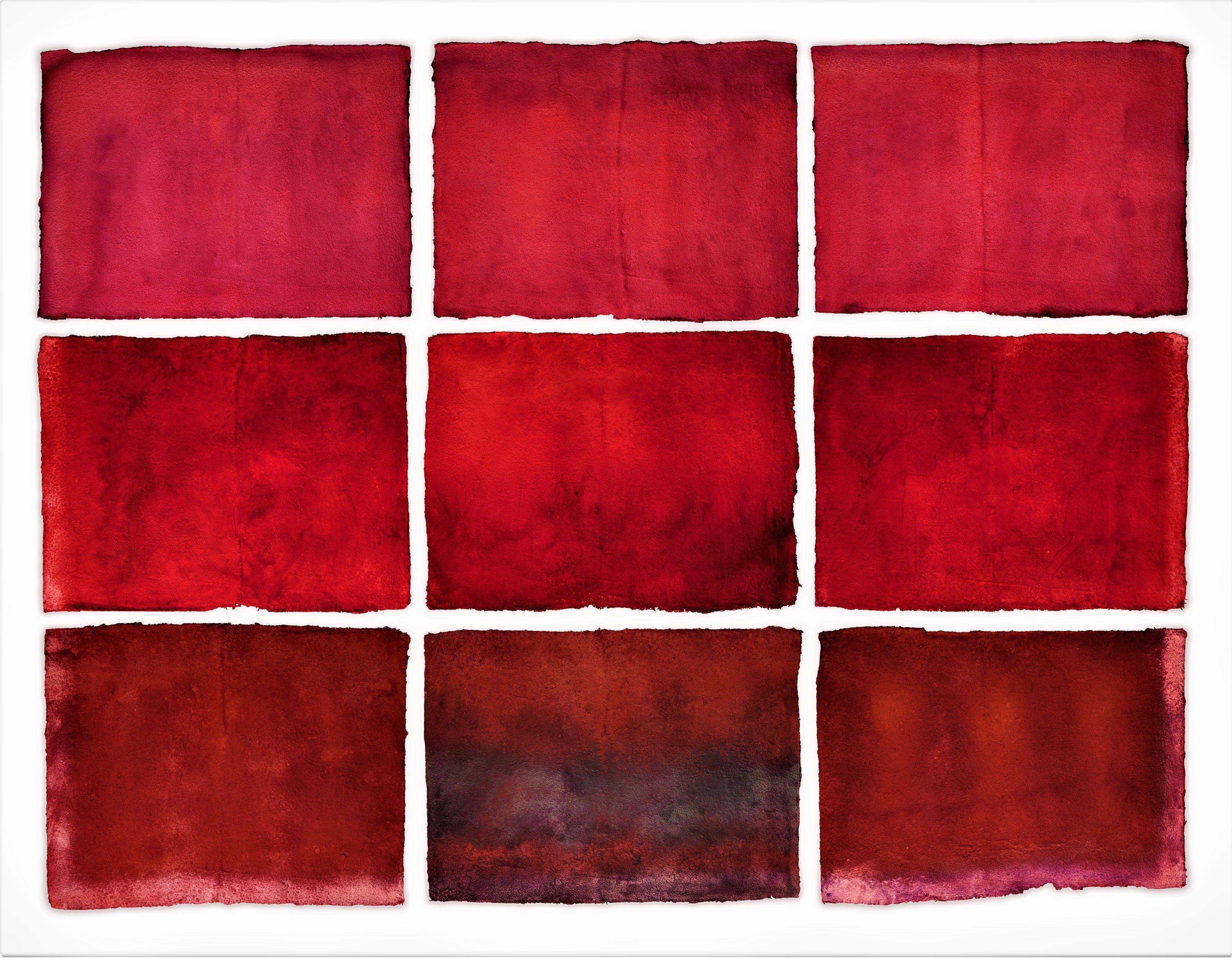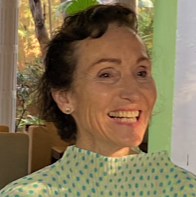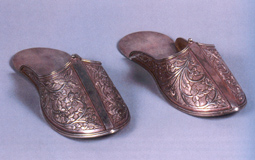
Crafts, Handlooms, Art, Innovation, Contemporization, Museums/ Galleries / Collections / Exhibitions
Paper – A Cross-Cultural Voice
Vilsbøll, Anne
April, 2023
INTRODUCTION
I’ve become my own version of an optimist. If I can’t make it through one door, I’ll make it through another door - or I’ll make my own door. Something wonderful will happen, no matter how dark things look at present.
Rabindranath Tagore. (From collection of quotes by Tagore, the Bard of Bengal, to celebrate his 150th birth anniversary in 2011)
There was a time when a sheet of paper had individual characteristics. It had a spine and a memory consisting of the enmeshed macromolecules and hydrogen bonds that formed while the sheet was hanging to dry.
But paper lost its memory, and its individuality was sacrificed to the endless uniformity of mass production. Paper has become invisible, so invisible that the literature of art rarely contains descriptions of paper. Indeed, the paper substrate of graphic works is hardly ever mentioned, and when it is, the information is often inaccurate.
And yet, paper plays a critical aesthetic role in the images with which it collaborates. More information, awareness, and insight are required to change the indifferent attitude that paper is often met with, and to show respect for the material that has documented and continues to document our world.
It is artists who, starting in the 1960s, rescued the over two-thousand-year-old hand papermaking tradition, transforming it from a utilitarian practice into an art form that reflects humanity’s collaboration with nature and an ever-growing ecological consciousness.
Twenty-one years ago, the exhibi...
This is a preview. To access all the essays on the Global InCH Journal a modest subscription cost is being levied to cover costs of hosting, editing, peer reviewing etc. To subscribe, Click Here.
ALSO SEE
The Tradition of Foot Covering in Indian Cultur...
Pathak, Anamika
The Contribution of the Decorative Arts Departm...
Pathak, Anamika



